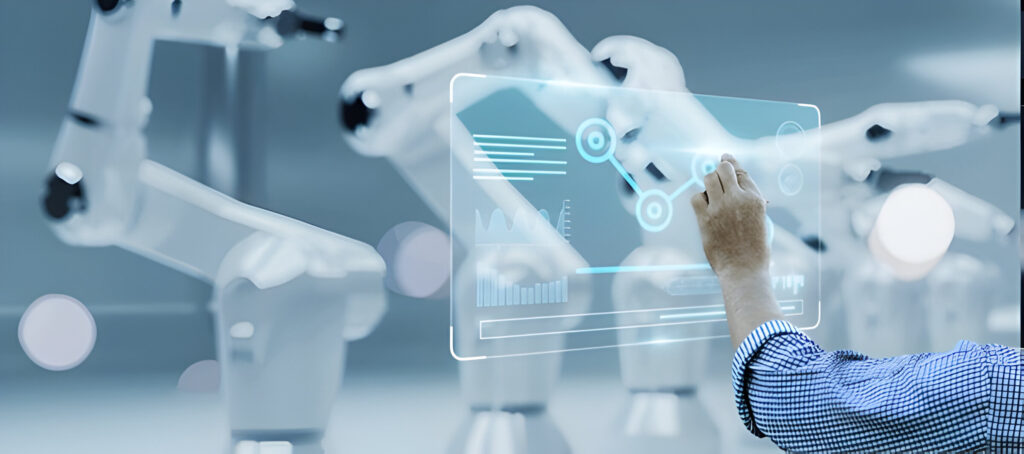In today’s fast-paced industrial landscape, understanding industrial equipment failure analysis is more crucial than ever for maintaining operational efficiency. The significance of preventing downtime cannot be overstated, as it directly impacts productivity and profitability. By implementing strategic failure analysis, businesses can gain valuable insights into equipment performance and reliability.
Equipment failure can disrupt production schedules, lead to costly repairs, and even imperil worker safety. Hence, industrial professionals are increasingly turning to comprehensive analyses to ensure that their machines operate smoothly in various environments. Let’s delve into the intricacies of industrial equipment failure analysis and explore how it can assist industry QA professionals in maintaining operational brilliance.

The Importance of Industrial Equipment Failure Analysis
Understanding the root causes of equipment malfunctions is the backbone of effective maintenance strategies. By dissecting where and why these failures occur, facilities can implement targeted interventions. Utilizing insights garnered from failure analysis can save companies substantial amounts in repair costs and ensure the longevity of their equipment.
Equipment breakdown causes are varied and complex, requiring a detailed and accurate analysis approach. Identifying these causes not only aids in preventing future breakdowns but also enhances overall operational efficiency.
Effective Techniques for Failure Analysis
1. Predictive Maintenance
Predictive maintenance stands as a proactive approach to equipment management. By monitoring the condition of equipment utilizing advanced tools and technologies, potential failures are identified before they occur, minimizing unexpected downtime.
2. Root Cause Analysis
Determining the root cause of a failure is a pivotal component of industrial equipment failure analysis. Preventing machine failure often involves examining the specific conditions that led to equipment breakdown. By systematically addressing these root causes, industries can mitigate risks and bolster equipment reliability.
3. Reliability-Centered Maintenance (RCM)
RCM focuses on maintaining the inherent reliability of equipment. It involves evaluating equipment functions and the likelihood of failure, combined with a disciplined approach to improving maintenance techniques. This method helps organizations minimize failures and extend equipment life.
Common Equipment Failure Causes
Identifying common causes of equipment failure is essential for crafting effective maintenance strategies. According to a detailed study on equipment failure, these causes include wear and tear, corrosion, operator error, and design flaws, among others. Avoiding these pitfalls necessitates a skilled workforce and a keen eye for detail.
Data-Driven Insights for Better Analysis
Employing data analytics in failure analysis provides valuable insights into equipment performance trends. This data-driven approach allows industries to predict equipment failures with greater accuracy, resulting in timely maintenance actions and reduced operational costs.
Utilizing Historical Data
Historical data serves as a valuable asset in anticipating future equipment issues. It helps in identifying patterns and triggers that could potentially lead to equipment failures, enabling pre-emptive measures.
Creating Predictive Models
Constructing predictive models based on vast datasets helps in visualizing potential failure scenarios. By understanding these scenarios, industry professionals can prioritize maintenance efforts toward critical assets.
The Future of Industrial Equipment Maintenance
The future of industrial maintenance hinges on adopting cutting-edge technologies and methodologies. From the burgeoning field of artificial intelligence to the implementation of digital twins, equipment maintenance is transforming into a tech-savvy profession.
Adopting AI and Machine Learning
AI and machine learning offer promising avenues for enhancing failure analysis. These technologies enable real-time monitoring and analysis, providing instant feedback and solutions to prevent equipment failures.
The Role of Digital Twins
A digital twin refers to a virtual model of a physical asset. This model facilitates real-time monitoring and analysis, offering a comprehensive lens through which equipment performance can be improved.
Case Studies
Examining case studies offers real-world examples of successful equipment failure analyses. These studies serve as blueprints for other industries aiming to boost their operational efficiency and reliability.
Conclusion
Incorporating industrial equipment failure analysis into maintenance strategies not only enhances operational efficiency but also ensures safety and profitability. By embracing new technologies and techniques, industry professionals can look forward to a future where equipment failures are minimized, and machinery operates at peak performance.

FAQs
What is the primary goal of equipment failure analysis?
The primary goal of equipment failure analysis is to identify and understand the root causes of equipment malfunctions to prevent future occurrences and ensure operational efficiency.
How does predictive maintenance differ from preventive maintenance?
Predictive maintenance involves using data and technology to predict equipment failures before they occur, whereas preventive maintenance is scheduled maintenance aimed at preventing equipment breakdowns.
What role does AI play in equipment failure analysis?
AI assists in real-time monitoring and analysis, offering predictive insights and immediate solutions to prevent equipment failures, ultimately enhancing efficiency and reliability in operations.
This article contains affiliate links. We may earn a commission at no extra cost to you.
